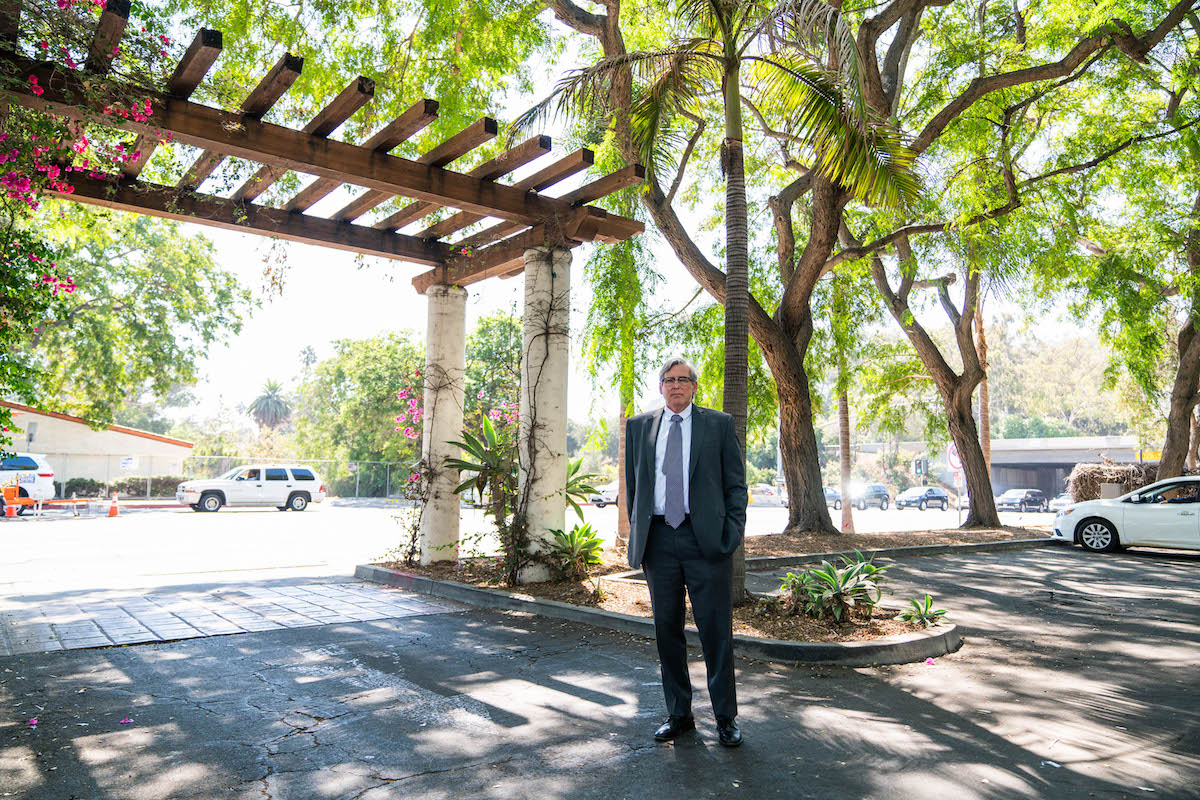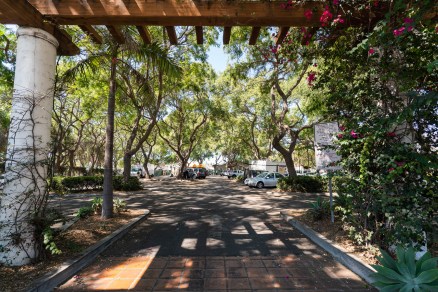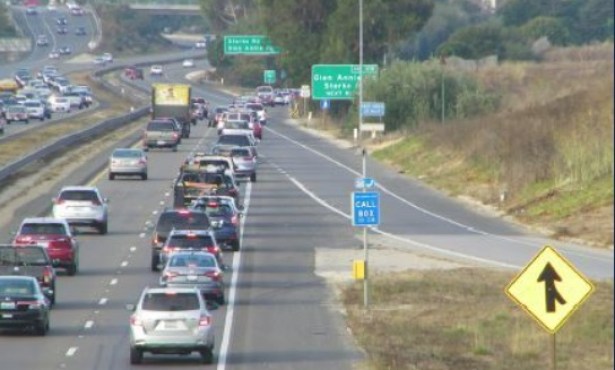Finally, Housing Relief for Santa Barbara’s ‘Missing Middle’?
Officials See Great Potential in Innovative New Partnership Between City, Housing Authority, and Private Investor

It won’t solve Santa Barbara’s housing crisis, but it could certainly be a start.
This Tuesday, in a rare Kumbaya moment at the City Council, all seven members voted to approve a first-of-its-kind housing project for the commuter parking lot at the corner of Castillo and Carrillo streets that will be meant — by virtue of a bulletproof 90-year “affordability covenant” — to provide rental apartments in the price range of nurses, teachers, firefighters, office employees, and other members of Santa Barbara’s core workforce. “I make a motion to move this item forward,” said Councilmember Kristen Sneddon, “with enthusiasm.”
The 60-unit, estimated $23 million project is being led by the city’s Housing Authority, a public agency normally tasked with providing subsidized homes for the poor but that in recent years has been given marching orders to address the needs of the “missing middle” — those residents who earn too much to qualify for government benefits but are not wealthy enough to afford Santa Barbara’s sky-high rents. Many wind up commuting to the city from North County or Ventura, or moving out of the area altogether.
Housing Authority director Rob Fredericks said it was an “innovative” financing partnership between his agency and an investment entity, which is expecting a 5 percent return, that is making the deal possible, though he noted negotiations are ongoing. “I would really like to see this project as a proof of concept that we could take to other sites in the community,” Fredericks said. He cited other city-owned parking lots as the most cost-effective options since pricey land acquisition would be removed from the equation.
In an email to the Independent following Tuesday’s meeting, Fredericks identified the likely financier as M3 Multifamily, a private investment firm headquartered on East Canon Perdido Street that currently owns eight apartment complexes in Austin, Nashville, and Tucson. The company’s managing partner and vice president is longtime Santa Barbara resident Jon Martin.
Sign up for Indy Today to receive fresh news from Independent.com, in your inbox, every morning.
Recent Santa Barbara housing projects have purported to serve the missing middle population, only to hike their prices beyond the reach of most working-class residents, Sneddon said. The City Council has attempted to incentivize builders to create more affordable units, as well as passed mandates with the same goal, with varying levels of success. Whatever the council’s strategy, it is almost always met with major resistance — and at times deception — from developers. Even when workforce-priced units are squeezed out of negotiations, they typically only come a handful at a time.

The trifecta partnership and the binding agreements between the city, the Housing Authority, and the investor — or what Fredericks described as the “three-legged stool” on which the project is propped — is the only way to ensure the 60 units remain truly affordable, Sneddon explained. “I really like this as a pilot for what is possible,” she said.
Ben Romo, a government relations and community engagement consultant, summed up the sentiment of the meeting’s many public speakers — including a number of employers — who widely embraced the proposal. “It wasn’t magic,” Romo said of the three years of discussions and number-crunching that brought the city to this week’s vote. But the end result “sure feels magical.”
Rent prices at the site would be determined by Santa Barbara County’s household Average Median Income, or AMI, and be adjusted annually. Based on the current household AMI of $87,800, that would put studio prices between $1,600 a month for moderate-income residents (those earning between 80-120 percent AMI) and $2,500 for middle-income renters (those making between 120-160 percent AMI). One-bedrooms would go for between $1,900 and $2,800 a month, and two-bedroom units would be priced between $2,200 and $3,200.
Those figures stand in stark contrast to today’s market rates — studios are being rented for as high as $3,100 a month, Fredericks said, with one-bedroom apartments advertised up to $3,900 and two-bedrooms frequently reaching $5,000 or more. “So we’d be keeping rents substantially below market,” he said.
Fredericks admitted the complex will stand quite close to Highway 101, but he promised construction would incorporate the necessary air-filtration and sound-dampening systems to make the living spaces comfortable and safe. He also acknowledged the property — which city officials say notably underperforms as a public commuter lot — will lose most of the tipuana and jacaranda trees that stand there, though the ones that line the Mission Creek and Castillo Street sides of the property will be preserved.
The site is also currently utilized by the city’s Safe Parking program for homeless residents living out of their cars. A new location for the 12 families that sleep there overnight and the two that live there during the day would have to be found. But even a representative of the New Beginnings Counseling Center, which runs the program, spoke to the council in favor of the development. The loss of the lot would be worth the gain of housing, he said, given it was Santa Barbara’s lack of roofs that forced many of their clients into cars in the first place. “We’re in full support of this,” he said.
Tuesday’s vote ratifies the project agreement between the city and the Housing Authority. The plans will now proceed through the regular design and approval process.
Support the Santa Barbara Independent through a long-term or a single contribution.




You must be logged in to post a comment.